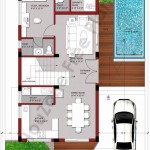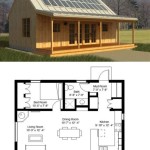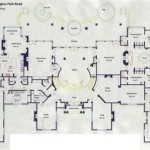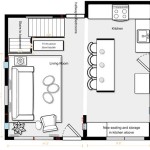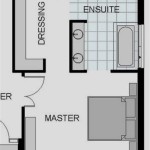Title: Create My Own Home Plan: A Comprehensive Guide to Designing Your Dream Home Introduction: Building your own home is an exciting yet challenging endeavor. It requires careful planning, attention to detail, and a clear vision of your dream home. Creating your own home plan is the first step towards turning your dream into a reality. This comprehensive guide will walk you through the process of designing a personalized home plan that reflects your needs, lifestyle, and aspirations. 1. Establish a Budget: Before embarking on the design process, it's crucial to have a clear understanding of your budget. This will help you make informed decisions regarding the size, features, and materials of your home. Be realistic about your financial capabilities and ensure that you have a contingency fund for unexpected expenses. 2. Assess Your Needs and Wants: Take some time to reflect on your current lifestyle and future aspirations. Consider the number of bedrooms, bathrooms, living spaces, and other rooms you desire. Think about the features that are important to you, such as an open kitchen, a dedicated home office, or a spacious outdoor living area. Prioritize your needs and wants to create a cohesive and functional home design. 3. Research and Gather Inspiration: Collect inspiration from various sources, such as home design magazines, online platforms, and visits to model homes. Research different architectural styles, interior design trends, and sustainable building practices. Create a scrapbook or digital mood board that captures the elements and ideas that resonate with your vision. 4. Choose a Home Design Software: Several user-friendly home design software programs are available to help you create your own home plan. These programs provide an intuitive interface, allowing you to drag and drop rooms, adjust dimensions, and experiment with different layouts. Some popular software options include SketchUp, HomeByMe, and Sweet Home 3D. 5. Draft Your Floor Plan: Start by creating a rough sketch of your desired floor plan on paper. This will help you visualize the overall layout and flow of your home. Once you have a basic idea, use your chosen home design software to create a more detailed digital floor plan. Arrange rooms, adjust room sizes, and experiment with different configurations until you achieve a design that meets your requirements. 6. Consider the Exterior Design: The exterior design of your home is just as important as the interior. Choose an architectural style that complements your personal taste and the surrounding environment. Think about the materials, colors, and textures you want to use for the exterior facade, roof, windows, and doors. 7. Seek Professional Advice: While creating your own home plan can be a rewarding experience, it's always wise to consult with professionals at various stages of the process. An architect can help you refine your design, ensuring that it adheres to building codes and regulations. A structural engineer can provide expert advice on the foundation and load-bearing elements of your home. 8. Finalize Your Design: Once you are satisfied with your home plan, finalize the design by adding details such as windows, doors, cabinets, appliances, and fixtures. Make sure you include accurate measurements and specifications for each room. A well-detailed plan will help contractors understand your vision and provide accurate estimates. 9. Obtain Necessary Permits: Before you can start construction, you will need to obtain the necessary permits from your local authorities. The specific requirements may vary depending on your location. Contact your local building department to inquire about the necessary permits, fees, and inspection procedures. 10. Prepare for Construction: Once you have the necessary permits in hand, you can prepare for construction. This includes hiring a qualified contractor, scheduling inspections, and coordinating with suppliers for materials and equipment. Ensure that you have a clear understanding of the construction timeline, milestones, and payment schedule. Conclusion: Creating your own home plan is a challenging yet rewarding journey that allows you to bring your dream home to life. By following the steps outlined in this guide, you can design a personalized home plan that meets your needs and aspirations. Remember to set a realistic budget, assess your needs and wants, and conduct thorough research to gather inspiration. Use home design software to create a detailed floor plan and exterior design. Seek professional advice when necessary, finalize your design, obtain the required permits, prepare for construction, and embark on the exciting journey of building your dream home.

House Plans And Design

My Own House Design Model Free 3d Floor Plans By Planner 5d

House Plans And Design

10 Best Tools To Help You Design Your Custom Built House Quality Homes Since 1958

Floorplanner Room Design Building Architecture Drawing Simple House Floor Your Own H Free Plans

How To Design Your Own Home 13 Steps With Pictures Wikihow Life

The Factors To Consider When Designing Your Own House

Create 2d 3d Floor Plans For Free With Floorplanner

How To Make 3d House Plans And Designs On My Own

Become A Happy Homeowner Five Benefits To Designing Your Own Home Rather Than

